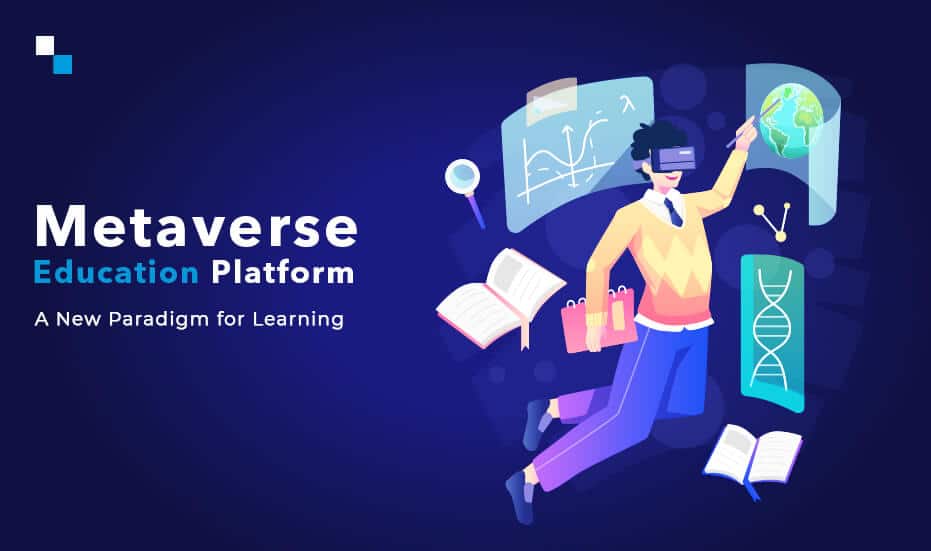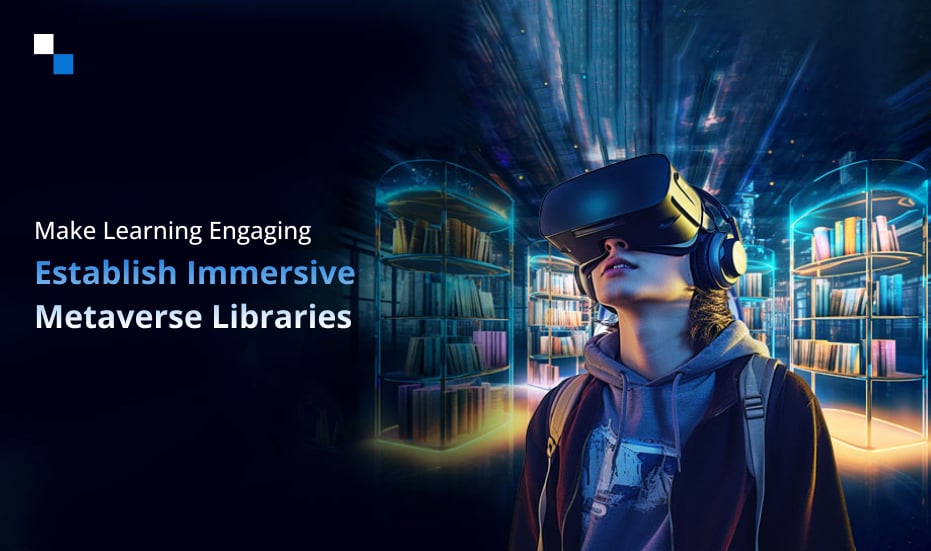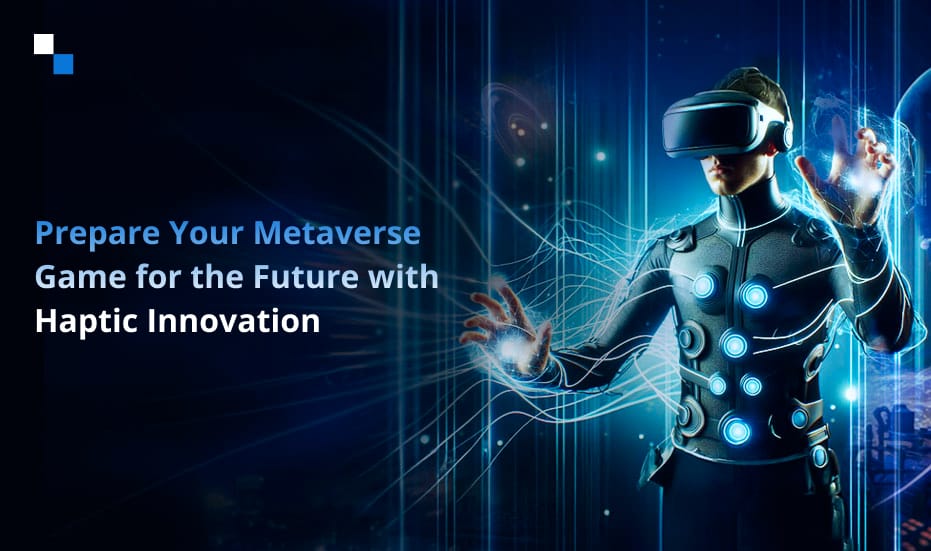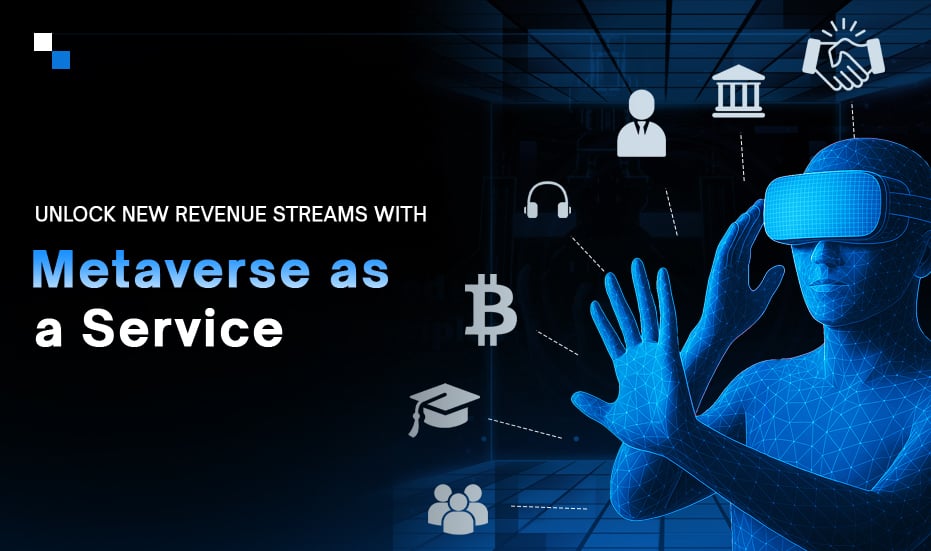
Charting The Future: Explore The Top 10 Web3 Wallet Development Companies in 2023
September 14, 2023
Demystifying Vechain: A Revolutionary Blockchain Supply Chain Solution
September 15, 2023The history of the metaverse dates back to 1992. However, none of us could have imagined how it is going to impact the diverse industries, including the education sector. Today, educators can meet their students belonging to different parts of the world through virtual devices. It helps to end the distance barrier and provide better learning opportunities to those who are living in remote areas. It won’t be wrong to say that metaverse education platform development has become the need of time as it promises a new frontier for human interaction and digital experiences.
Earlier, people used to think that the metaverse was all about gaming and entertainment, but in reality, the metaverse holds immense potential for transforming education. Educationists are now focused on metaverse learning platform development in order to provide immersive and engaging educational experiences to learners.
|
Significance of Developing a Metaverse Education Platform
Metaverse education platform development holds great significance because of its potential to change the teaching-learning model. It enhances the accessibility of education, provides personalized learning experiences, and refines vital skills among the students. As technology continues to evolve, the impact of the metaverse on education will undoubtedly continue to grow.
Here are five key points highlighting the importance of metaverse learning platform development:
1. Immersive Learning Experiences
Metaverse developers can create immersive and interactive learning environments that go beyond traditional classrooms. Students can conduct diverse kinds of experiments inside the virtual worlds, which wouldn’t be possible otherwise. It helps to gain a better understanding of complex subjects.
2. Global Access to Education
Metaverse platforms blur geographical barriers and create learning opportunities for learners from around the world to gain quality education. Thus, it is greatly helpful for underserved communities and remote learners as they can easily get connected to high-quality learning resources.
3. Personalized Learning
Some students are slow learners, while others might like to revise their lessons according to their convenience. Usually, the metaverse platforms allow personalized learning for such people. This adaptive approach ensures that the students are comfortable with their learning styles, which helps in better comprehension and retention.
4. Lifelike Simulations
These platforms allow learners to engage in lifelike simulations and practical experiences. It is particularly useful for those studying medicine, engineering, and aviation, as they are able to gain hands-on practice, where required.
5. Skill Development for the Future
The metaverse exposes students to emerging technologies. They can sharpen their skills in diverse ways, gain digital literacy, and become future-ready. It prepares them for a rapidly evolving job market where technological proficiency is highly valued.
Build a Unique Metaverse Education Platform For Futuristic Learning
Schedule Free DemoStep-by-Step Guide For Metaverse Education Platform Development
One must follow a structured approach for metaverse learning platform development. Firstly, you need to define educational objectives, conduct market research, and assemble a team of skilled developers. The education platform should have an easy-to-use interface, include engaging content, and allow students to learn and measure outcomes.
Let’s delve deeper into the steps involved in developing a metaverse platform:
1. Define Objectives
The first step in developing a metaverse learning platform is to clearly define your educational objectives. You must ensure what kind of learning outcomes you aim to provide. Let the developers be informed whether you need to provide formal education or vocational training, or whether your education platform is aimed at skill development. Being clear about your educational goals will help shape the design and content of your metaverse platform appropriately.
2. Conduct Market Research
It is extremely necessary to conduct comprehensive market research to create a successful metaverse learning platform. Perform a deep analysis of the current state of educational technology, identify gaps, and try to bridge those gaps carefully. Having a rich understanding of the unique selling points of your competitors will help define yours. However, you need to keep your target audience in mind before deciding about the features and functionalities of your learning platform.
3. Prepare a Blueprint
Once you have earned a solid understanding of your educational goals and performed market research, the third step will be to develop a clear picture of your metaverse learning platform. While preparing a blueprint of the learning platform, you must pay heed to enhance the overall user experience, decide about the type of content you want to include, and how learners will interact within the metaverse.
4. Assemble a Skilled Team
Metaverse education platform development is a complex process and requires a multidisciplinary team. Your team must consist of experts in content creators, educational psychology, virtual reality (VR), augmented reality (AR), and game development. Ensure that your team members are ready to work in sync and they understand how to provide better learning opportunities to the students through the Metaverse platform.
5. Choose the Right Technology Stack
Picking up the appropriate technology stack is always helpful in achieving the desired outcomes successfully. You’ll need to decide whether your metaverse platform will be VR-based, AR-based, or a combination of both. You must choose the right blockchain network that can help in making secure and low-cost transactions. The developers must also be able to code smart contracts for error-free execution of transactions, which include collection of fees, selling coursework, or learning resources. Apart from this, you must choose the right hardware and software to accomplish the task of metaverse learning platform development successfully.
6. Create Attractive UI/UX Design
Your education platform must have an attractive user interface (UI) and user experience (UX) design. The interface should be intuitive, visually appealing, and easy to navigate. Don’t forget to consider the comfort and accessibility of learners who are going to enter the virtual environment to gain an education.
7. Create Engaging Content
Every teacher needs to prepare a lesson plan before facing the students, and so should the metaverse education platform. If the purpose of developing a metaverse platform is to educate, you must develop high-quality educational content that aligns with your defined objectives. You may include virtual lectures, interactive simulations, 3D models, and gamified learning experiences. Collaborating with subject matter experts will help ensure the accuracy and effectiveness of your content.
8. Implement Data Analytics
Data analytics is a powerful tool for improving educational outcomes. Integrate analytics tools into your metaverse platform for tracking the progress of learners, identifying areas where learners may be struggling, and providing personalized recommendations.
9. Testing and Debugging
Testing is a crucial step of metaverse education platform development and it must be done carefully before launching your metaverse learning platform to a wider audience. It will help to identify and rectify the errors effectively. The iterative process is essential for creating a platform that meets the evolving needs of learners.
10. Launch and Market
Once you are done with testing and become ensured about the quality and functionality of your metaverse learning platform, you can launch it and make it accessible to the public. However, that’s not all. You need to develop an effective marketing strategy to gain the traction of your target audience. It can be done with the help of digital marketers, social media, educational institutions, and influencers.
Wrapping Up
Metaverse learning platform development is a multifaceted journey that requires careful planning, a dedicated team, and a commitment to educational excellence. Antier can help to navigate through these steps in a hassle-free manner. We believe in staying attuned to the evolving needs of learners, as it helps us to provide metaverse education platform development services the way you want us to do. Contact us to explore the limitless possibilities of providing learning opportunities to students through the metaverse. Let’s do it together!



